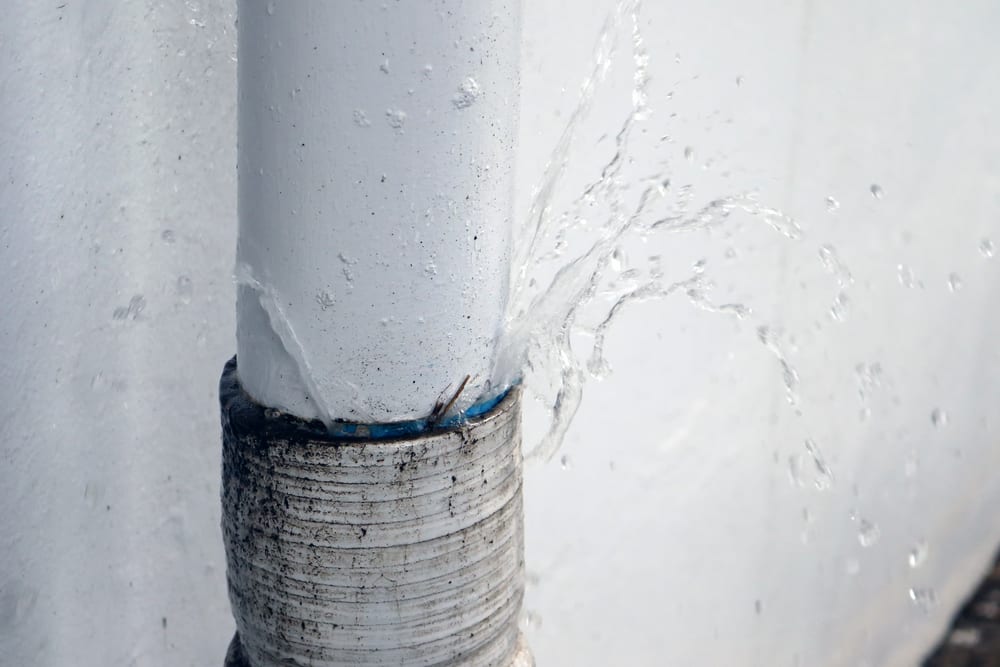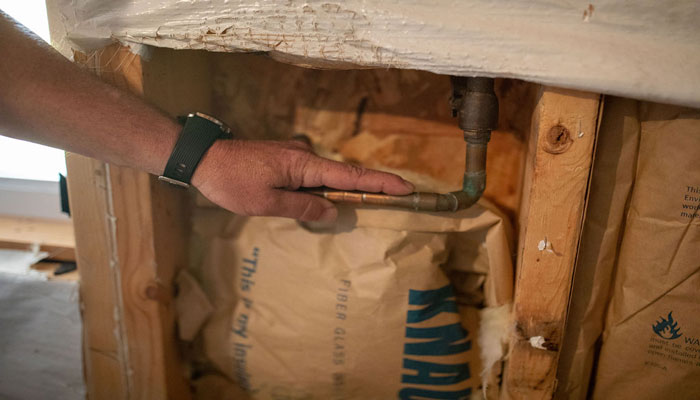What to Promptly Identify and Effectively Fix a Burst Pipe
What to Promptly Identify and Effectively Fix a Burst Pipe
Blog Article
Are you currently in search of help concerning How to install a dishwasher safely?

A ruptured pipe is a major emergency; you can just stand as you enjoy water you pay very much to reunite with the planet. In worse cases, you see a pool on your kitchen flooring, which is a fantastic trip hazard, specifically if you have kids around. If the pipe that ruptured remained in your walls, problem: you may need to repaint that whole section.
How can a tragedy like a burst pipe be protected against and also managed? Well, by listening to your specialist emergency plumbing professionals and also following these guidelines.
Just how do I know when my pipes have burst?
Changing water stress
Pipelines do not just burst in a day. You might have seen that your cooking area faucet or shower does not run quickly when you turn the tap. It might pause for a couple of seconds and after that blast you with more pressure than common.
In other instances, the water might seem typical initially, then drop in stress after a few secs.
Damp wall surfaces as well as water discolorations
Before a pipeline ruptureds, it will leakage, most times. If this relentless dripping goes unnoticed, the leakage may finish into a broad gash in your pipeline. One easy way to prevent this emergency is to watch out for damp walls advertisement water spots. These water stains will lead you right to the leak.
Puddles under pipelines and sinks
When a pipeline ruptureds, the discharge forms a pool. It might appear that the puddle is growing in size, and despite the amount of times you mop the puddle, in a couple of minutes, there's another one waiting to be cleaned. Usually, you might not have the ability to map the pool to any visible pipes. This is a sign to call an expert plumber.
Untraceable trickling noises
Pipeline bursts can take place in one of the most undesirable locations, like within concrete, inside walls, or under sinks. When the house goes quiet, you may be able to hear an annoyingly persistent leaking sound. Even after you have actually examined your shower head as well as kitchen faucet, the trickling may continue.
Dear reader, the trickling may be originating from a pipeline inside your walls. There isn't much you can do regarding that, except inform an expert plumber.
Shut off the Water
When water ices up, it broadens in quantity by concerning 9 percent. And it broadens with incredible pressure: The stress inside pipes may go from 40 pounds per square inch to 40,000 psi! No pipe can hold that much stress, so it bursts. The break might take place where the ice kinds, however regularly, it happens where water stress finds a weak point in the pipe. That may be inches or perhaps feet from the icy area. Discover the water shutoff valve and also turn off the water to stop more damages. You may likewise require to shut down the electricity also, relying on where the leaks occurs and how huge it is.
Polluted water
Many individuals presume a burst pipe is a one-way electrical outlet. Quite the contrary. As water spurts of the hole or tear in your plumbing system, contaminants find their method.
Your water might be polluted from the resource, so if you can, check if your water storage tank has any troubles. Nonetheless, if your alcohol consumption water is provided as well as purified by the city government, you should call your plumber instantly if you see or scent anything funny in your water.
What do I do when I identify a burst pipe?
Your water meter will continue to run even while your water wastes. To decrease your losses, discover the primary controls and also transform the supply off. The water mains are an above-ground structure at the edge of your residential property.
How to Fix & Detect a Leaking Pipe
How Do I Know if a Pipe is Leaking?
Leak detection tests can help you determine if your pipe has a leak. Even if you don’t see an apparent leak, you should still conduct leak detection tests regularly to save water and money—and prevent major damage to your home.
Water meter. It can be helpful to figure out what your usual water meter usage numbers are and then monitor them regularly. To monitor your meter, first, turn off all water faucets in your home. Check the meter and write down the numbers. In a few hours, check the meter again. If the numbers have changed, you have a leak. Water gauge. Use a water gauge to test your water pressure. Your showerhead should produce a certain amount of water pressure based on its model and design. If the pressure is lower than it is supposed to be for that specific showerhead, your home likely has a leak. Puddles. Look inside your bathroom, laundry, and kitchen sink cabinets. Puddles around the cabinets or around toilets, tubs, showers, and washing machines indicate the presence of a leaking pipe. You may also notice loose tiles, peeling or flaking paint, or mold caused by water accumulation. Napkin test. Even if you don’t see any puddles, you may still have a leak. You can test for water leaks in the bathroom, laundry, and kitchen by wiping below-sink connections with a napkin, paper towel, or piece of toilet paper. If it becomes damp, you probably have a leaking pipe under the sink. Discolored walls. Walls that are discolored—usually with brown or yellow stains—or bulging might mean that they have been impacted by water damage caused by a leaking pipe. Smell. A leaky pipe will create sitting water, and over time, that water may develop a musty smell. If your home smells musty, but you can’t locate the source, it may be due to a leak. Steps for Fixing a Leaking Pipe
A leaky drain can be remedied by tightening the pipe base, replacing the drain seal, caulking the rim, and tightening the pipe nut. Similarly, a leaking toilet pipe can be treated by tightening the packing nut. You may also need to replace the valve. A leaky faucet may just need tightening or replacement of the washers. If that doesn’t work, consider replacing your faucet. If your pipe has a hole in it, you may want to use a pipe leak sealer or pipe leak tape. This quick fix for water pipe leaks can also temporarily fix a copper pipe leak. https://www.ahs.com/home-matters/quick-tips/how-to-tell-if-pipes-are-leaking/

Do you appreciate more info about What to Know Before Installing a Dishwasher? Make feedback below. We'd be delighted to know your opinion about this review. We are looking forward to see you back again before long. Sharing is nice. You never know, you will be helping someone out. Thank-you for going through it.
Professional touch for plumbing woes. Report this page